Laser rangefinders have become indispensable tools in various fields, notably in golf, where precise distance measurement is crucial. These devices utilize laser technology to determine the distance to a target, significantly aiding golfers in club selection and shot planning. However, the accuracy of these measurements is not absolute and is significantly influenced by target reflectivity. This article delves into the intricate relationship between target reflectivity and golf laser rangefinder accuracy, exploring the factors that affect reflectivity and the optimization strategies employed to enhance measurement precision.

Basic Principles of Golf Laser Rangefinding
Golf laser rangefinders operate on the principle of time-of-flight (TOF) measurement. A laser pulse is emitted, and the device measures the time it takes for the pulse to return after reflecting off the target. This time interval is then used to calculate the distance. Target reflectivity plays a pivotal role in this process, as it dictates the amount of laser energy that returns to the receiver. High reflectivity ensures a strong return signal, while low reflectivity weakens it, potentially leading to measurement errors or failures.
Impact of Target Reflectivity on Measurement Accuracy
1. Measurement Range
High-reflectivity targets, such as those equipped with retroreflectors, enable rangefinders to measure distances over greater ranges. Conversely, low-reflectivity targets, such as dark-colored or matte-finished objects, limit the effective range. In golf, this translates to potential difficulties in measuring distances to distant flags or trees, especially in challenging lighting conditions.
2. Measurement Precision
A strong return signal from a high-reflectivity target results in more precise measurements. Conversely, a weak signal from a low-reflectivity target can introduce noise and inaccuracies. This is particularly relevant when measuring distances to flags, where even small errors can significantly impact shot accuracy.
3. Measurement Difficulty
Targets with complex textures or dark colors absorb more laser energy, making it difficult for the rangefinder to detect a reliable return signal. Environmental factors, such as rain, fog, or snow, can further exacerbate this issue by scattering or absorbing the laser beam.
4. Target Angle
The angle of incidence of the laser beam on the target's surface affects the amount of reflected light. When the laser beam is perpendicular to the target surface, the reflected light is maximized. Conversely, when the beam strikes the target at an oblique angle, the reflected light is reduced, potentially leading to inaccurate readings.
What Factors Will Affect the Target Reflectivity?
1. Target Color
Lighter colors reflect more light than darker colors. White and bright-colored targets exhibit high reflectivity, while black and dark-colored targets absorb a significant portion of the laser energy.
2. Target Surface Texture
Smooth surfaces reflect light more efficiently than rough surfaces. A polished metal surface, for instance, exhibits high reflectivity, whereas a matte-finished surface diffuses the light, reducing the return signal strength.
3. Target Material
Different materials possess varying reflectivity characteristics. Retroreflective materials, designed to reflect light back to its source, are commonly used to enhance the performance of laser rangefinders.

How to Optimize the Accuracy for Measuring Low-reflectivity Targets with Laser Rangefinders?
1. Optimizing Laser Rangefinder Systems for Enhanced Sensitivity
- High-Power Lasers: In contrast to high-reflectivity targets, low-reflectivity scenarios necessitate lasers with increased power output. This compensates for the significant signal loss during reflection, ensuring a detectable return signal.
- Ultra-Sensitive Receivers: Implementing detectors with extremely high sensitivity is paramount. This allows the rangefinder to capture and amplify even the faintest return signals, which are characteristic of low-reflectivity targets. Optimizing the optical receiver to minimize internal losses is also critical.
- Advanced Signal Processing with Noise Reduction: Employing sophisticated digital signal processing algorithms is crucial. This includes advanced filtering techniques to distinguish weak return signals from background noise and correlation methods to extract meaningful data from noisy signals. Specific noise reduction algorithms tailored to low signal to noise ratio environments will greatly increase accuracy.
2. Specialized Handling of Low-Reflectivity Targets
- Signal Averaging: Taking multiple measurements and averaging them reduces the impact of random noise, improving the signal-to-noise ratio and, consequently, the accuracy of the distance calculation. This is especially beneficial when dealing with weak return signals.
- Adaptive Thresholding: Implementing adaptive thresholding techniques allows the rangefinder to dynamically adjust its detection threshold based on the signal strength and noise levels. This ensures that even weak signals are detected while minimizing false positives.
- Time-of-Flight Refinement: Employing advanced time-of-flight measurement techniques with higher resolution enhances the ability to determine the precise arrival time of the weak return signal, leading to improved distance accuracy.
- Software Amplification and Correction: Software algorithms that can amplify the weak return signals and apply corrections based on known reflectivity characteristics of certain materials can be implemented.
3. Environmental Factor Control and Mitigation
- Atmospheric Compensation: Low-reflectivity targets are more susceptible to atmospheric effects, as the already weak signal is further attenuated. Employing atmospheric compensation algorithms that account for factors like humidity, temperature, and particulate matter is essential.
- Minimizing Ambient Light Interference: In environments with significant ambient light, such as bright sunlight, employing narrow-band optical filters and shielding the receiver from stray light is crucial to enhance the signal-to-noise ratio.
- Optimized Wavelength Selection: Choosing a laser wavelength that is less affected by atmospheric absorption and scattering can improve signal return.
- Calibration with Known Low Reflectivity Targets: Calibration of the device using targets with known low reflectivity values, in the same conditions that the measurements will be taken, will greatly increase the precision of the measurements.

Final Thoughts
The accurate measurement of distances to low-reflectivity targets presents a significant challenge for golf laser rangefinders. The inherent weakness of return signals from such targets necessitates specialized optimization strategies to ensure reliable and precise distance readings.
As golf laser rangefinder technology continues to evolve, future advancements will likely prioritize the development of even more sophisticated signal processing algorithms and hardware components specifically designed to handle low-reflectivity scenarios. This will enable golfers to confidently and accurately measure distances to a wider range of targets, regardless of their reflective properties, ultimately leading to improved performance on the course. By addressing the inherent challenges associated with low-reflectivity targets, we can unlock the full potential of laser rangefinders, providing golfers with the precision and reliability they demand.

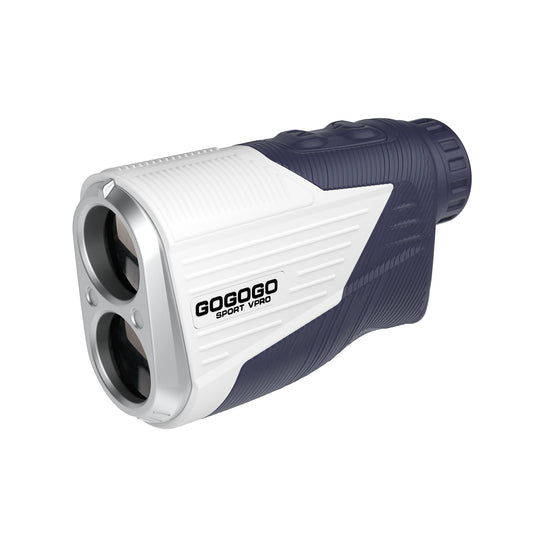
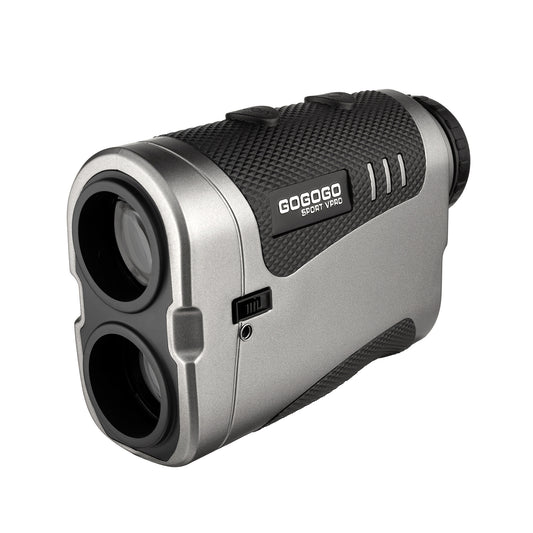
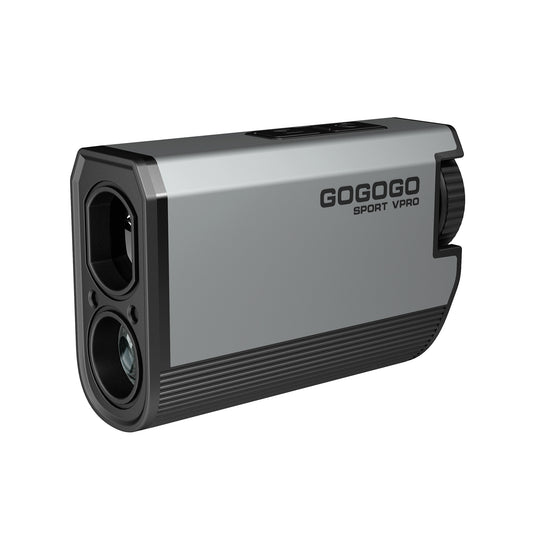
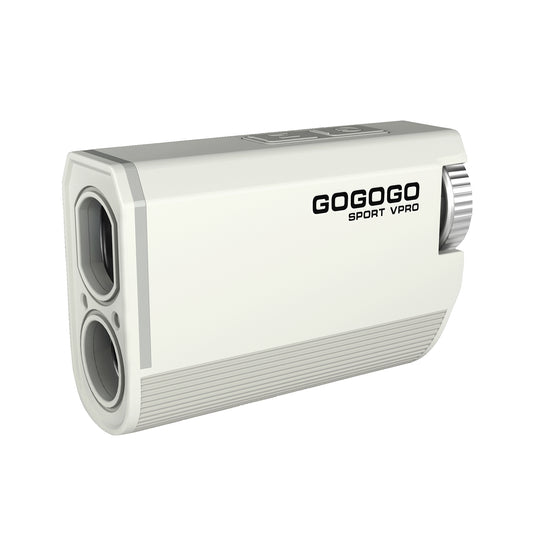
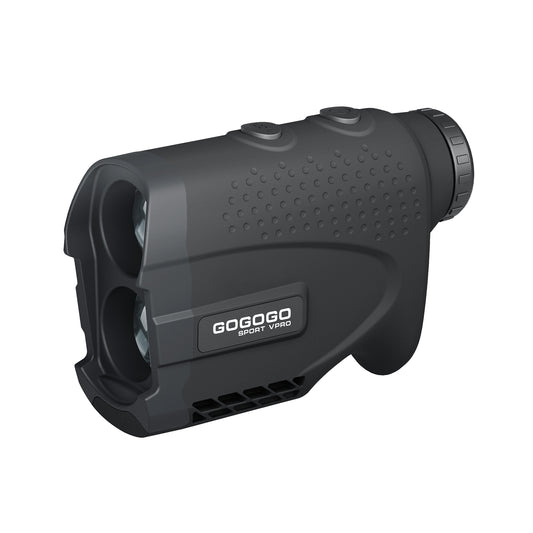
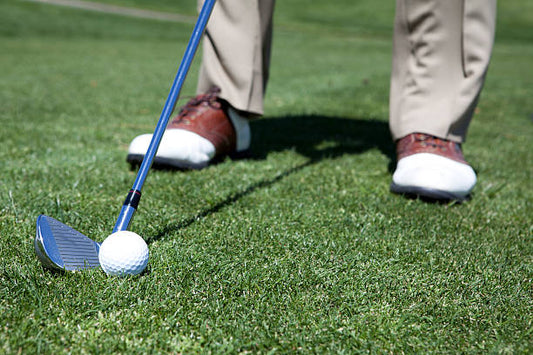
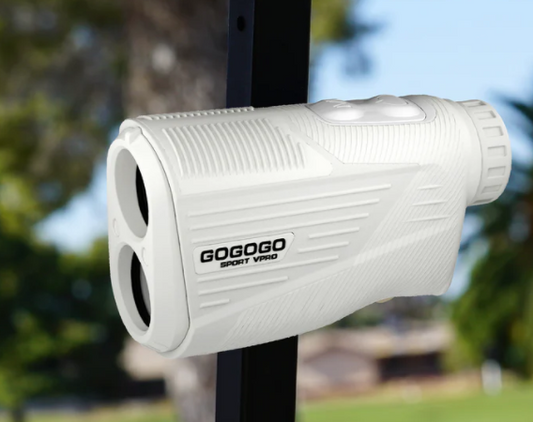
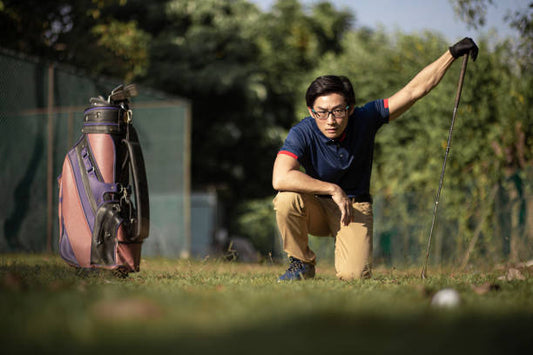
![[2025] The Ultimate Guide to Pinseeker Rangefinders for Golfers](http://gogogosport.com/cdn/shop/articles/gogogo_sport_vpro_pinseeker_rangefinder.png?v=1757993796&width=533)